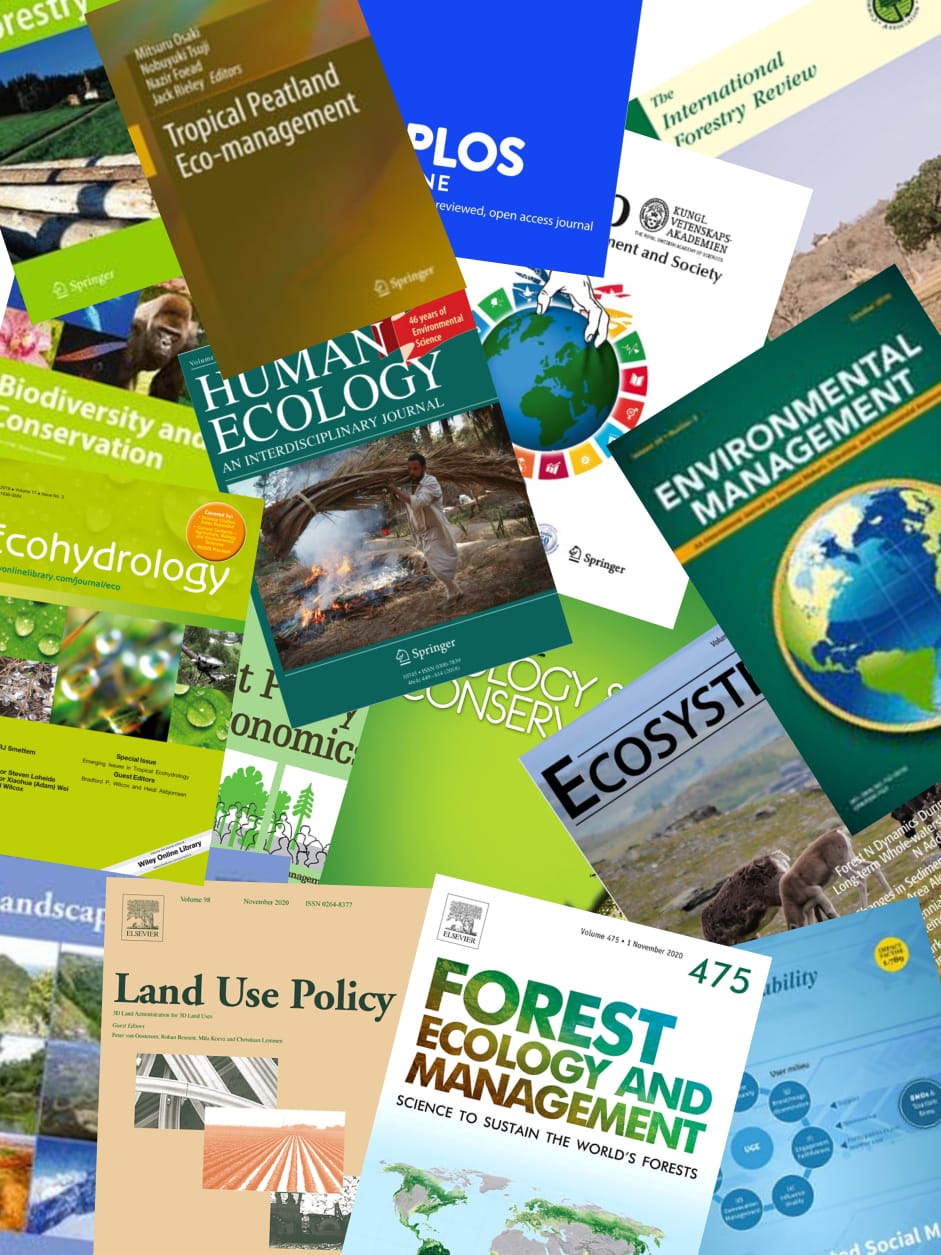In recent decades, palm oil, which forms one of the world's major bulk feedstock and oil crops, has been cultivated at an increasing scale to meet new demand. Oil palm expansion has driven not only socio-economic development but also serious ecological problems and environmental pollution through deforestation and fires to clear the forests. Uneconomic oil palm plantations can influence the balance of regional ecosystems and the carbon cycle. Many countries report national statistics on the area of oil palm, but few document the extent and locations of oil palm plantations. In this study, we produce and make available oil palm maps that include 15 countries with more than 10,000ha of planted oil palms. Phased Array Type L-band Synthetic Aperture (PALSAR-2) images and high-resolution (<2.5m) images in Google Earth were used to produce oil palm maps by supervised classification and visual interpretation. Two independent verification systems were used to evaluate map accuracy. The characteristics of oil palm plantations distribution and their environment suitability including terrain and climate conditions of the global oil palm planted regions are also discussed. The results indicate that the total area of oil palm in global in 2016 was estimated to be 29.49 million hectares (Mha) although the mapping result showed a good correlation with other records, but relatively large uncertainty in Africa. Most oil palm trees grow in warm (24-29.5 degrees C), wet conditions (1000-4000mm p.a. of precipitation), flat terrain (slope less than 8 degrees), and low elevation (0-800m); however, these growing conditions are slightly different in different continents.
View source

